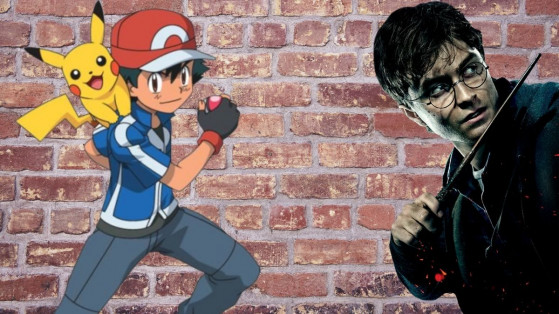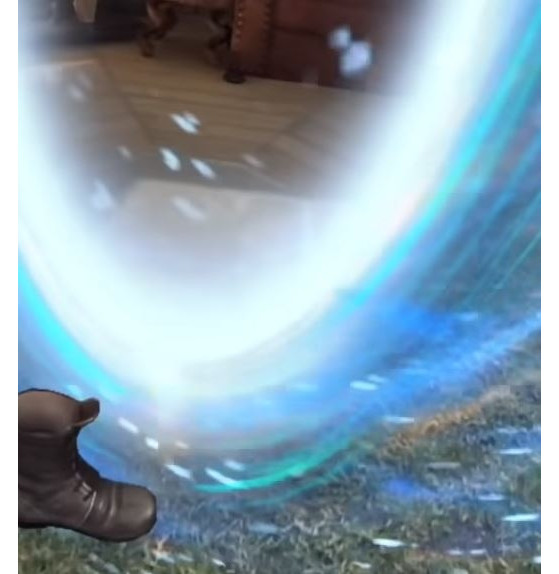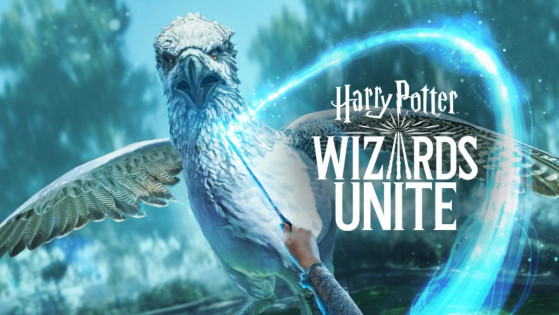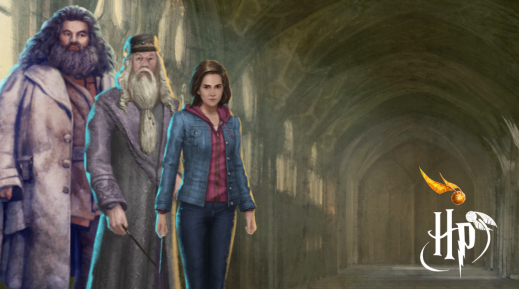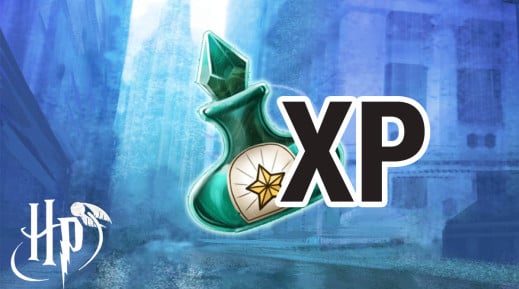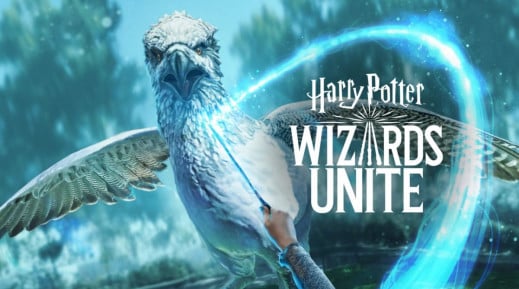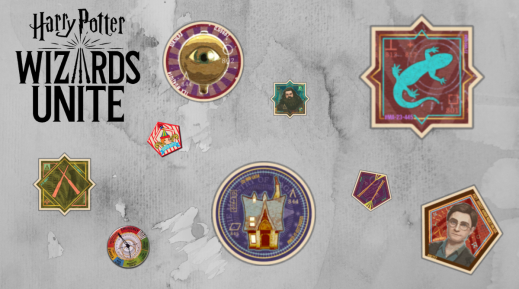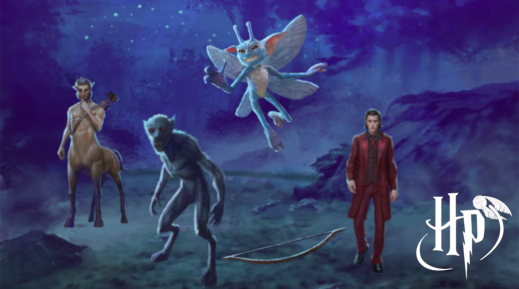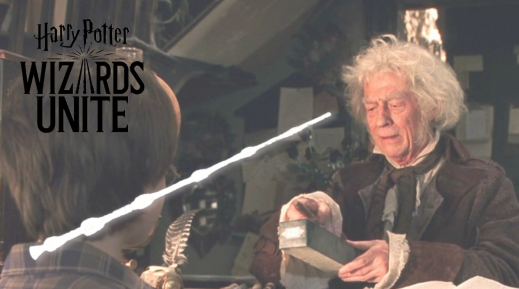Everyone remembers that summer of 2016, when Pokémon GO first landed on our shores. The craze had begun.
During the week of its release in early July that year, Nintendo's share price on the Tokyo Stock Exchange jumped 93.2% in value.
Just one month later, it had reached more than 100 million fans worldwide rapidly becoming a social phenomenon.
It also became big news in the media, every day publishing whimsical anecdotes on the game, sometimes to the point of turning them into real myths.
"It seems that the supermarket manager is using lures to lure us into his neighbourhood"
"Another riot took place in the park following the appearance of a rare Pokemon"
We all heard these kinds of stories, which serve to reflect just what Pokémon GO was like at the time — a huge video game boom, one which touched several different generations of player.
Harry Potter: Wizards Unite — same old?
This time, summer will be remembered for Harry Potter: Wizards Unite. The game uses augmented reality to put you in the shoes of the witches and wizards J.K. Rowling created in her epic saga.
In order to preserve the secrets of the world of magic and protect the Muggles, you will have to face and overcome The Calamity.
Both games are guided by the principle of acute collectability, since in HPWU you will need to fill out a Register — a feature similar to the Pokédex, containing the traces of magic you have to confront.
On paper, Niantic's two titles are highly similar — you walk around, with your avatar appearing on a geolocation-based map dotted with places of interest and entities to collect.
The virtual mapping of Harry Potter: Wizards Unite uses the same POIs (points of interest) as Pokémon GO and Ingress, its predecessors.
This means that the statue on the corner of your street might be a PokéStop or a Portal, but it will also be an Inn, where you can drink an invigorating Butterbeer.
Feel the magic in the air!
However, don't be fooled — the augmented reality in Harry Potter: Wizards Unite is much more relevant than in Pokémon GO.
The latter actually uses GPS positioning, with an integrated AR photo mode which allows us keep snapshots of ourselves with Pikachu on our shoulders.
Wizards Unite goes much further in its interlacing of the virtual and real. Portkeys — iconic objects in the wizarding world — will allow you to invoke a portal leading to such places as Hogwarts, Gringotts or Diagon Alley.
This means that the AR is more than just a novelty — and coupled with other features (such as drawing spells and entering Inns), makes the game much more immersive.
Accio... wallet?
One thing is for sure — Wizards Unite has more than one trick up its sleeve, and is not one of those games that needs to be carried by the license whose name it bears.
It introduces new concepts using augmented reality, and offers a much more immersive experience than Pokémon GO. A champion of AR technology, Niantic have refused to embark on a "hasty" project just to get the title out there.
This is embodied by their recent crusade against spoofing and fake GPS, attempting to preempt some players getting ahead of others in the new title.
Overall, there is very little chance that Wizards Unite will replicate the sheer frenzy seen in the launch of Pokémon GO. Geolocation and augmented reality are no longer new concepts, so they will not quite generate the same spectacular enthusiasm.
However, Wizards Unite looks a good bet for being the release of the summer — and by some distance.
Based on the third most profitable franchise in movie history (behind the Marvel Cinematic Universe and Star Wars), and the most read saga in the history of literature, Wizards Unite will be able to rely on a hugely loyal fan base in its quest for supremacy.
Even if Harry Potter is a universe much less anchored in the world of gaming than its sibling in Niantic's stable, Wizards Unite has the potential to have us scream "Expecto Patronuuuuuuuuuuum" in the middle of a supermarket.
And that's what truly matters.
